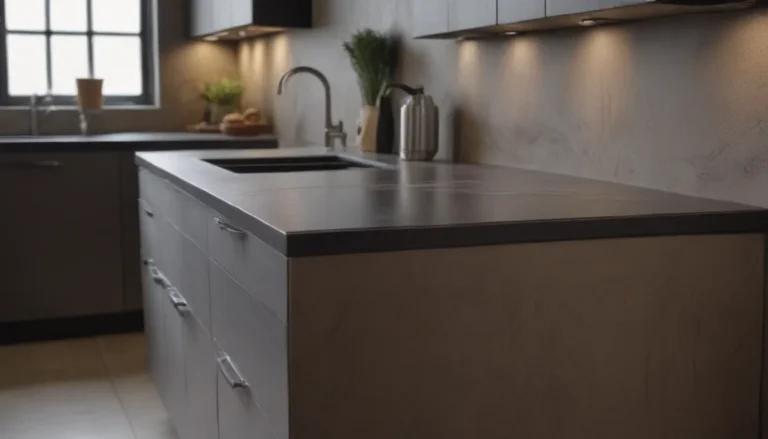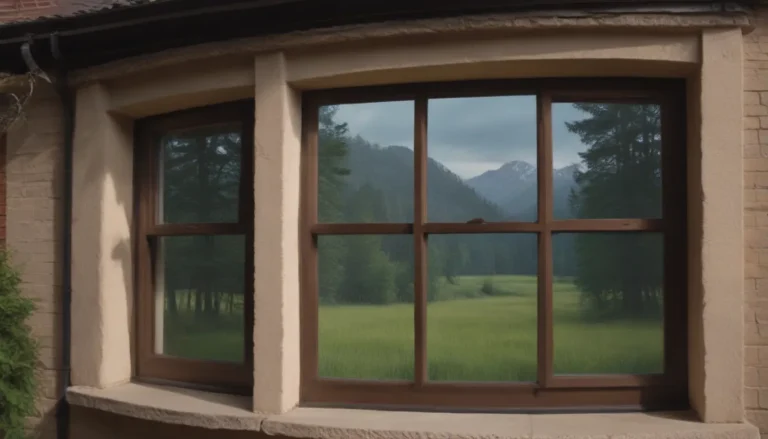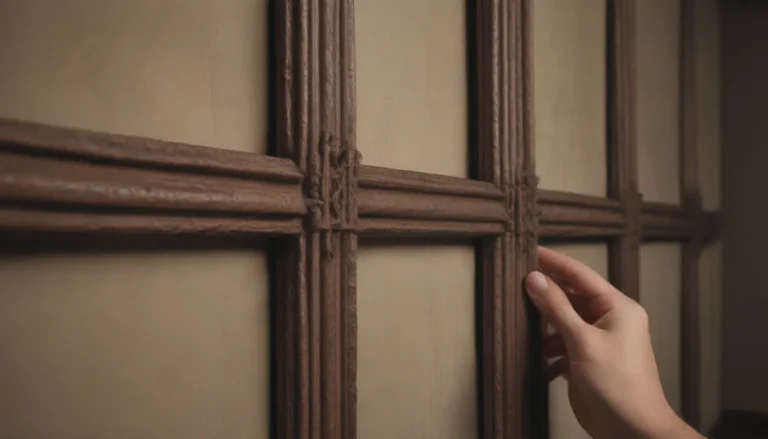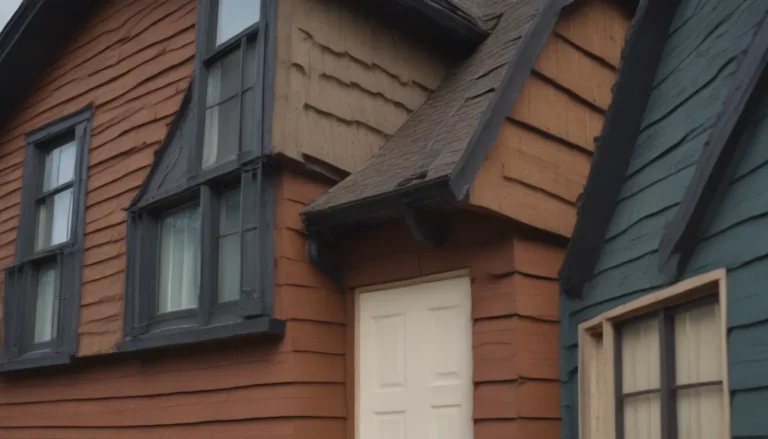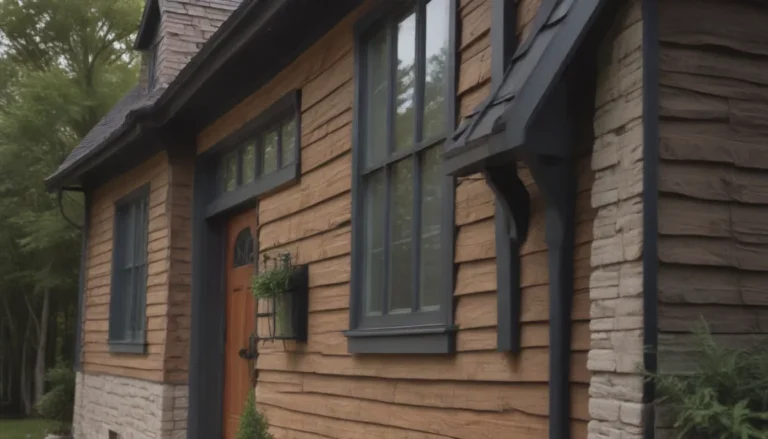Everything You Need to Know About Making Saw Cuts in Concrete
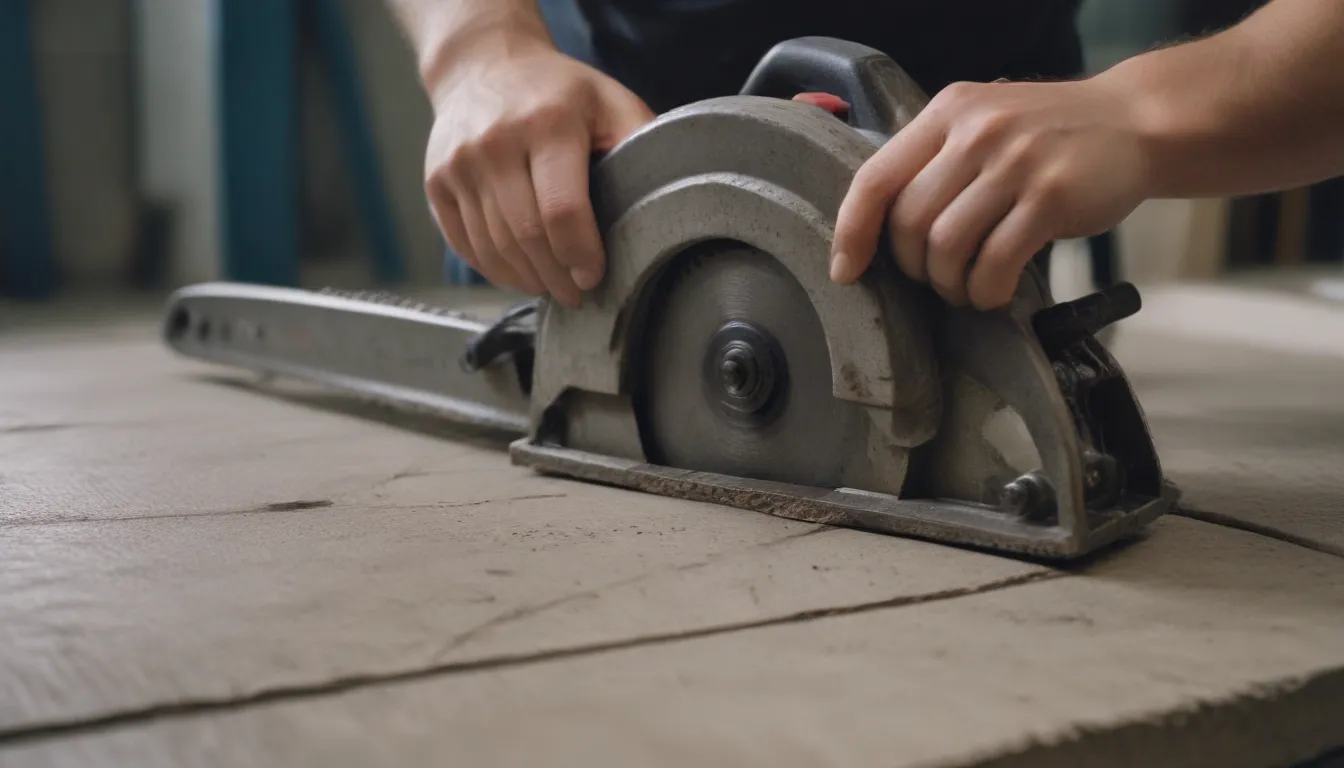
Are you embarking on a concrete project and wondering when, where, and how to make saw cuts in your concrete slab? Saw cuts are essential for creating control joints in concrete to help prevent cracking due to shrinkage. But timing is crucial – the cuts should be made after the concrete has gained enough strength but before internal cracking begins.
In this comprehensive guide, we will delve into the ins and outs of making saw cuts in concrete. From determining the optimal timing for saw cuts to selecting the right equipment and depth for the cuts, we’ve got you covered. Whether you’re a seasoned contractor or a DIY enthusiast, this article will provide you with valuable insights to ensure your concrete project is a success.
When to Saw-Cut Concrete
Determining when to make saw cuts in concrete involves considering various factors, including the type of admixtures and aggregate used, air temperature, and mix design. But beyond these considerations, the hardness of the concrete and the type of cutting equipment also play a significant role in deciding when to saw concrete.
Cutting too early can lead to raveling, where the saw blade pulls the aggregate out of position, resulting in a messy and weakened edge. On the other hand, sawing too late can cause uncontrolled cracking as the concrete contracts during curing. To strike the right balance, saw cutting can typically begin anywhere from three to six hours after pouring the concrete, depending on weather conditions.
One effective way to determine if the concrete is ready for saw cutting is to conduct trial cuts and check for raveling. Saw cutting should commence as soon as raveling stops. Additionally, some contractors may delay sawing to protect their equipment and reduce blade abrasion. The choice of saw blade also influences when cuts can be made.
Factors that can contribute to excessive blade wear and joint raveling include:
- Concrete mix design
- Weather conditions
- Curing techniques
- Slab thickness
- Base type
Where to Saw-Cut Concrete
Choosing the right location for saw cuts in concrete is crucial for ensuring the structural integrity of your project. It is recommended to start saw cuts on or at the center of column lines. Joints should be spaced at 24 to 30 times the slab thickness, but this should be confirmed by a structural engineer. Typically, joint spacing ranges between 12 to 18 feet, depending on the reinforcement in the slab.
If you are working with high shrinkage concrete, you may need to decrease the cut spacing. Here are some additional factors to consider when determining where to saw cut:
- Amount of reinforcement in the slab
- Presence of existing cracks
- Traffic load on the slab
- Type of concrete mix used
When in doubt, consulting with a structural engineer or experienced contractor can provide valuable insights on where to make saw cuts in your concrete slab.
How to Saw-Cut Concrete
Once you have identified the locations for saw cuts, it’s time to get down to the actual cutting process. Factors such as curing techniques, slab thickness, and base type should be carefully analyzed before selecting where joints should be cut. Here’s a step-by-step guide on how to saw-cut concrete effectively:
-
Mark the Joints: Use a chalk line to mark the joints to be cut on the concrete slab.
-
Check Equipment: If you are using water cutting equipment, ensure that the water is running all the way down to the blade to prevent overheating.
-
Start Cutting: Allow the blade to reach the required depth, then start moving the equipment along the chalk mark.
-
Maintain Consistent Depth: A good rule of thumb is to cut the joints one-quarter to one-third the slab thickness. For a 6-inch-thick slab, that means cutting 1 1/2 to 2 inches deep. It is crucial to ensure that the saw cut depth meets the structural engineering specifications to avoid structural issues.
By following these steps, you can ensure precision and accuracy when making saw cuts in your concrete slab.
How Deep to Make Saw Cuts
The depth of the saw cuts is a critical factor in the success of your concrete project. Cutting the joints too deep or too shallow can lead to structural issues and cracking. A general guideline is to cut the joints one-quarter to one-third the slab thickness. This ensures that there is sufficient aggregate interlocking to transfer loads.
If the saw cut is too shallow, random cracking may occur, compromising the integrity of the slab. It is essential to adhere to structural engineering specifications to determine the appropriate depth for the saw cuts.
As you embark on your concrete project, keep in mind the following resources for further guidance:
- Guide for Optimum Joint Performance of Concrete Pavements. Iowa State University Institute for Transportation. 2012.
- Job Safety Analysis. University of North Carolina at Chapel Hill. 2020.
In conclusion, understanding when, where, and how to make saw cuts in concrete is crucial for the success of your project. By considering various factors such as concrete mix design, weather conditions, and equipment type, you can ensure that your concrete slab remains structurally sound and crack-free.
If you’re unsure about the saw-cutting process or have complex project requirements, don’t hesitate to seek professional assistance. Making informed decisions and following best practices will help you achieve a durable and reliable concrete structure that stands the test of time.
Now armed with this comprehensive guide, you can confidently tackle your next concrete project with precision and expertise. Happy saw cutting!
